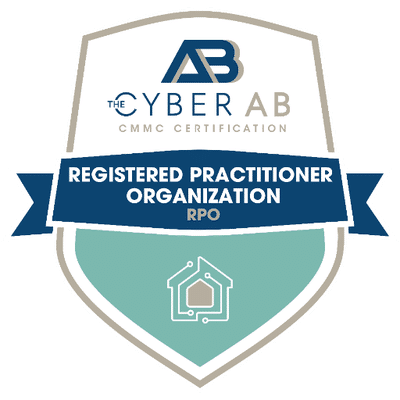The federal government’s push to modernize cloud security compliance is entering a new era with initiatives like FedRAMP 20x, which aim to accelerate and streamline authorization processes while maintaining rigorous security standards. These efforts are poised to reshape two critical pillars of the FedRAMP framework: Continuous Monitoring (ConMon) and Assessments. Here’s how these changes could redefine cloud security practices for federal agencies and cloud service providers (CSPs). Much of this is still in a visionary state but analyzing future goals will help CSPs prepare for current challenges and adapt to evolving requirements.
Talk to us about how FedRAMP 20x affects your organization’s compliance strategy and roadmap.
A Shift Toward Automation and Real-Time Insights
Continuous Monitoring, traditionally reliant on manual reporting and periodic check-ins, is evolving into a dynamic, data-driven process. FedRAMP 20x emphasizes automation through tools like vulnerability scanners, log analyzers, and configuration management systems. These technologies reduce human error and free up teams to focus on strategic risk management. Real-time dashboards could replace static reports, offering agencies and CSPs instant visibility into security postures. Imagine identifying and addressing a misconfiguration or emerging threat as it happens—no more waiting for the next quarterly review.
Adding to this, predictive analytics powered by AI and machine learning could transform ConMon from reactive to proactive. By integrating threat intelligence feeds, systems might soon anticipate risks—like zero-day exploits or unusual access patterns—before they escalate. This shift aligns with frameworks like NIST’s Cybersecurity Framework (CSF) and CISA’s Continuous Diagnostics and Mitigation (CDM) program, fostering interoperability and consistency across federal IT ecosystems.
Learn more: How Continuous Monitoring Supports FedRAMP Readiness
Assessments: Faster, Smarter, and More Adaptive
The assessment process, often seen as a bottleneck due to its labor-intensive nature, is also in for a refresh. FedRAMP 20x initiatives prioritize automated validation of security controls using protocols like SCAP (Security Content Automation Protocol). Instead of waiting for annual audits, CSPs could validate controls continuously, ensuring compliance is maintained in real time.
Assessments themselves may become modular and incremental. Rather than a massive triennial review, CSPs could undergo smaller, more frequent evaluations—think quarterly “micro-assessments” focused on high-risk areas or recent system changes. This agile approach better suits the fast-paced nature of cloud environments, where updates and new features deploy daily.
Additionally, cloud-native tools (e.g., AWS Config Rules, Azure Policy) with built-in FedRAMP compliance checks aim to simplify adherence. Third-Party Assessors (3PAOs) may also gain access to standardized training and automated platforms, enabling faster, more consistent evaluations.
Learn more: How to Choose the Right FedRAMP 3PAO to Partner With
Challenges on the Path to Modernization
While these innovations promise efficiency, challenges remain. Automation must balance speed with thoroughness—cutting corners isn’t an option in federal security. Agencies and CSPs will need to manage data overload from real-time streams, avoiding alert fatigue that could drown critical insights. Upfront costs for new tools and training may also strain budgets, particularly for smaller providers.
Perhaps the biggest hurdle is agency alignment. Differing interpretations of FedRAMP requirements across federal entities could undermine standardization. Clear guidance and collaboration will be essential to ensure modernization doesn’t fragment compliance efforts.
The Future of FedRAMP Compliance
FedRAMP 20x represents more than a technical upgrade—it’s a cultural shift toward outcome-driven security. By prioritizing metrics like reduced incident response times over checkbox compliance, the program encourages innovation while hardening defenses. For CSPs, this could mean faster time-to-market for authorized services. For agencies, it means stronger, more resilient cloud infrastructure.
Learn more: Compliance Isn’t Checklists–It’s Storytelling
Success hinges on collaboration: between government and industry, between humans and machines, and between the need for agility and the imperative of security. If executed thoughtfully, FedRAMP 20x could set a global benchmark for how compliance evolves in an era of relentless digital transformation.
What do you think? Could automation and real-time data redefine federal cloud security, or are there risks we’re overlooking? Share your thoughts below.
Talk to us about how FedRAMP 20x affects your organization’s compliance strategy and roadmap.





